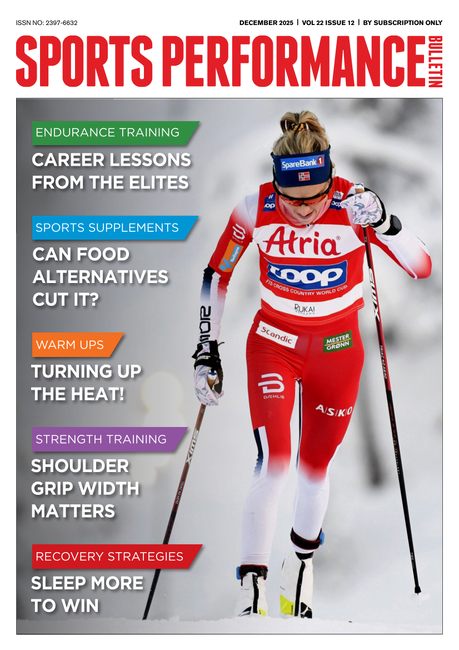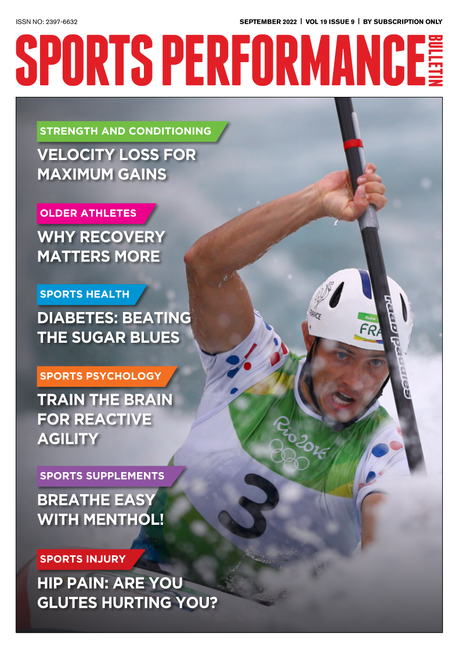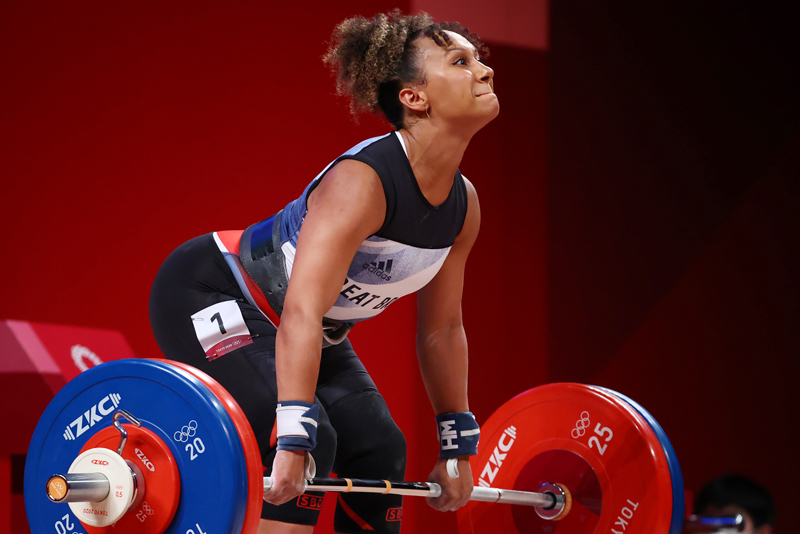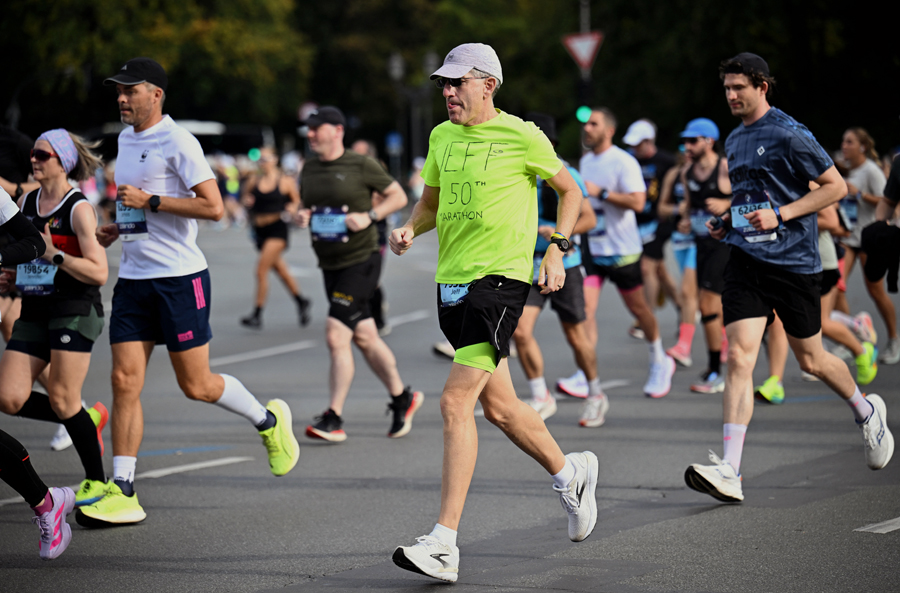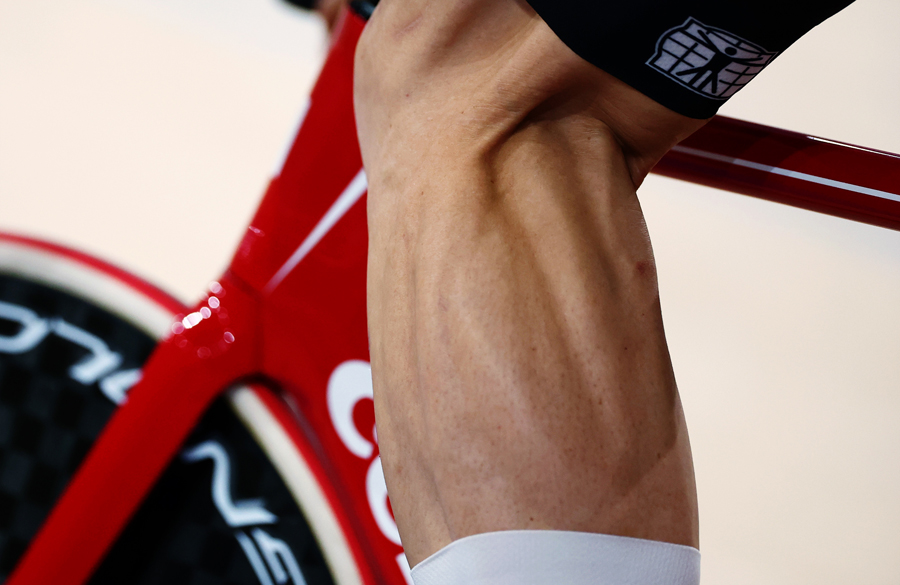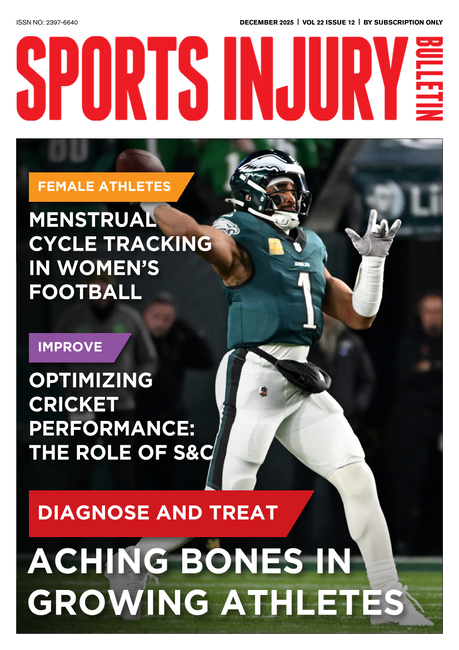Strength training for field athletes: don’t forget those feet!
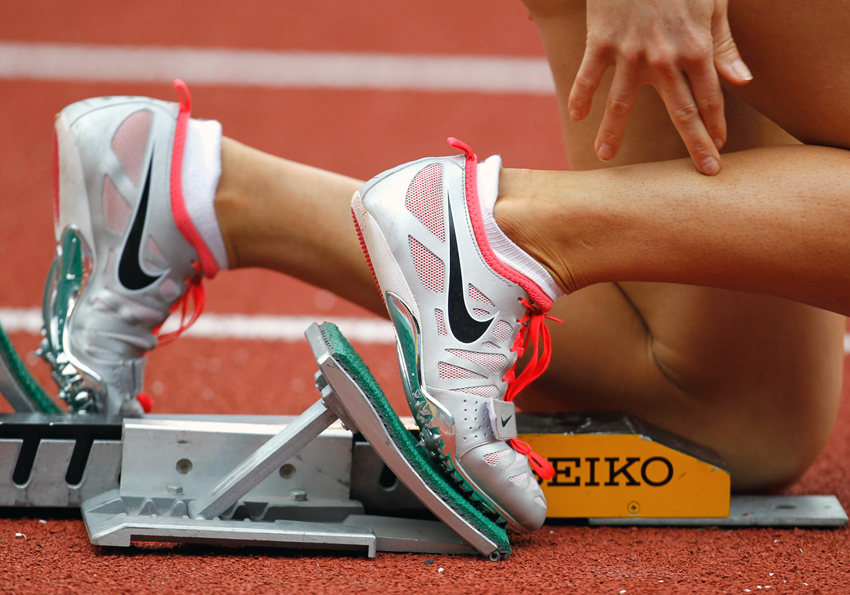
As we’ve discussed in numerous SPB articles, strength training the lower limbs is a proven way to increase running performance. These performance gains don’t just come from improving resilience and reducing injury risk – something that has been verified by robust research(1); it has also become increasingly apparent that heavy strength training can benefit other aspects of performance such as sprinting ability/change of direction(2) and running muscle economy(3). Improved running economy this means that muscles become more efficient at converting chemical energy into motion, which in turn means that less energy and oxygen is required to sustain a given pace, resulting in less fatigue, especially in longer duration events. The benefit of improved muscle economy cannot be overstated in endurance sports because research shows that excellent economy is a key factor for the superior performance of elite distance athletes(4).
Box 1: Why does lower limb stiffness matter for running economy?
One way that running economy is improved by strength training is that the muscle and tendon systems of the lower limbs become ‘stiffer’(5,6). This means that when they are loaded up – for example during footstrike during the running gait – they can behave as a ‘stiffer spring’, which allows more energy to be stored and returned for the next stride, rather than being absorbed and dissipated. If more energy is returned rather than dissipated, that means less new energy is required for the next stride, and hence an improvement in running economy. This by the way is exactly the principle used by many hi-tech running shoes that contain stiffened carbon inserts in the midsoles in order to improve running economy(7).
The role of foot strength
When discussing lower limb strength for improving various aspects running performance, much of the previous research has focussed on the use of cornerstone exercises such as squat and lunges (to develop thigh strength) and calf raise exercise to develop calf strength and Achilles tendon stiffness(8,9). However, the numerous muscles of the feet also play a big role in running performance. Indeed, recent biomechanical studies have shown that the foot can dissipate around 18% and generate around 12% of the net energy during rapid tasks such as running, jumping or hopping(10).
In a previous SPB article by contributor Rick Lovett, Rick examined the role of these foot muscles in more detail. He highlighted research on energy return in running shoes by Biomechanica, a research lab in Portland, Oregon, which discovered neither fancy shoes nor the Achilles tendon/calf/thigh stiffness appear to be the most important factors in energy return(11). Instead, the researchers found that most important spring-like structure for runners may be something known as the ‘plantar aponeurosis’ (see figure 1) - ribbon-like sheets of tendon-like connective tissue that work with the foot muscles to help deliver propulsion.
Figure 1: The plantar aponeurosis
You need to be logged in to continue reading.
Please register for limited access or take a 30-day risk-free trial of Sports Performance Bulletin to experience the full benefits of a subscription.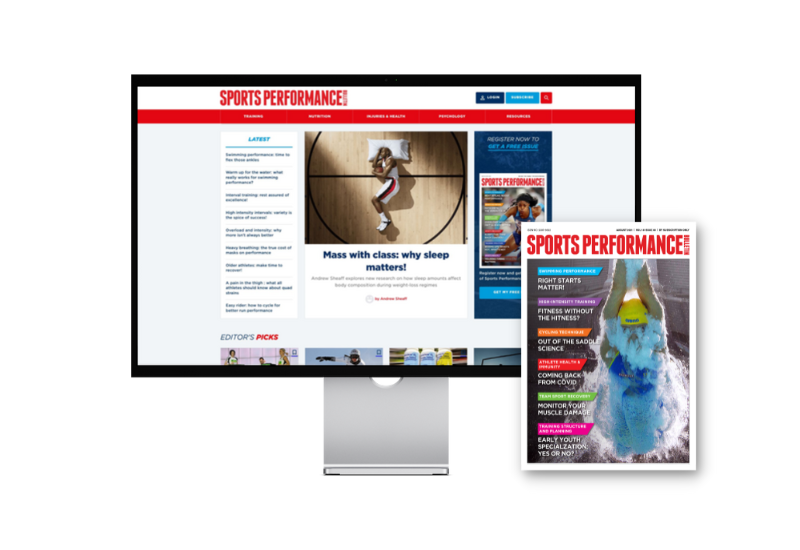 TAKE A RISK-FREE TRIAL
TAKE A RISK-FREE TRIAL
Newsletter Sign Up
Testimonials
Dr. Alexandra Fandetti-Robin, Back & Body Chiropractic
Elspeth Cowell MSCh DpodM SRCh HCPC reg
William Hunter, Nuffield Health
Newsletter Sign Up
Coaches Testimonials
Dr. Alexandra Fandetti-Robin, Back & Body Chiropractic
Elspeth Cowell MSCh DpodM SRCh HCPC reg
William Hunter, Nuffield Health
Keep up with latest sports science research and apply it to maximize performance
Today you have the chance to join a group of athletes, and sports coaches/trainers who all have something special in common...
They use the latest research to improve performance for themselves and their clients - both athletes and sports teams - with help from global specialists in the fields of sports science, sports medicine and sports psychology.
They do this by reading Sports Performance Bulletin, an easy-to-digest but serious-minded journal dedicated to high performance sports. SPB offers a wealth of information and insight into the latest research, in an easily-accessible and understood format, along with a wealth of practical recommendations.
*includes 3 coaching manuals
Get Inspired
All the latest techniques and approaches
Sports Performance Bulletin helps dedicated endurance athletes improve their performance. Sense-checking the latest sports science research, and sourcing evidence and case studies to support findings, Sports Performance Bulletin turns proven insights into easily digestible practical advice. Supporting athletes, coaches and professionals who wish to ensure their guidance and programmes are kept right up to date and based on credible science.


